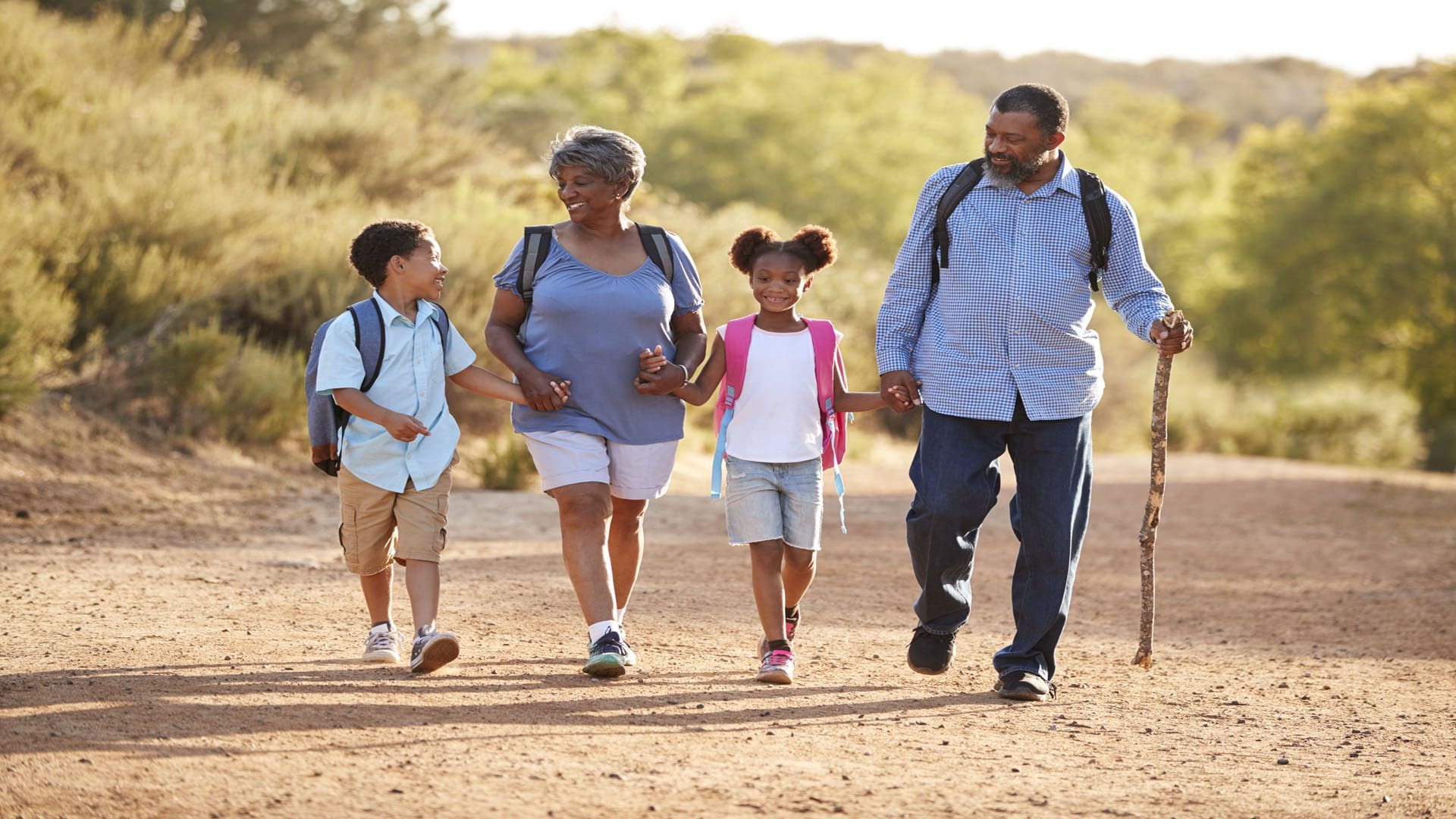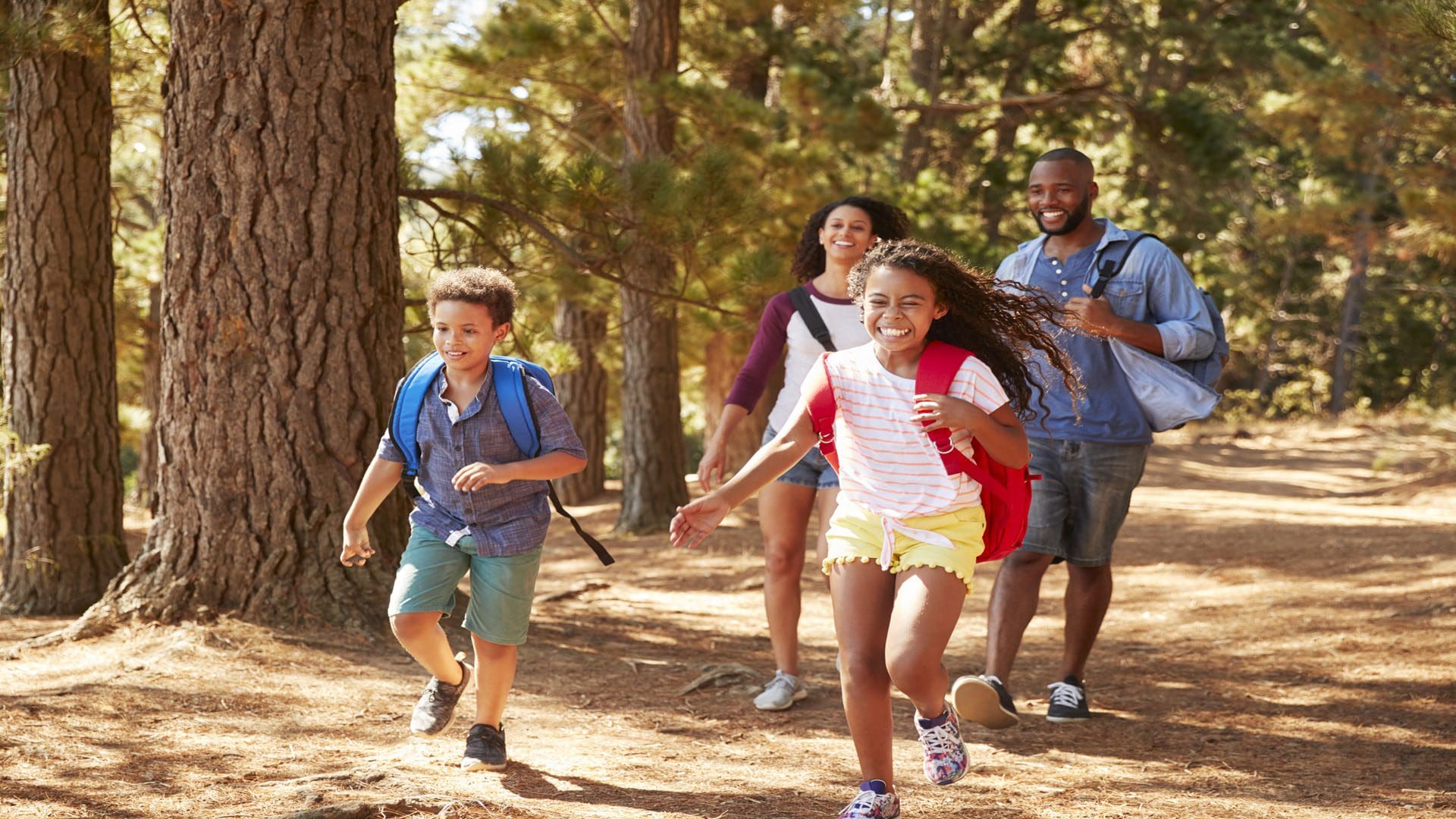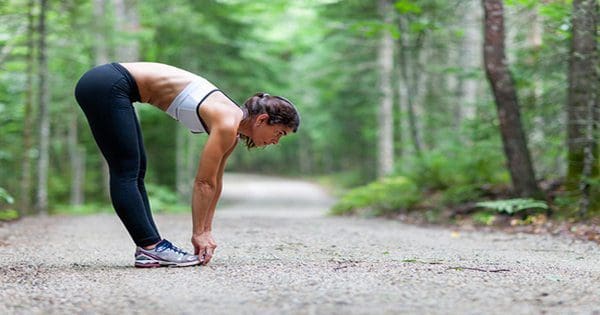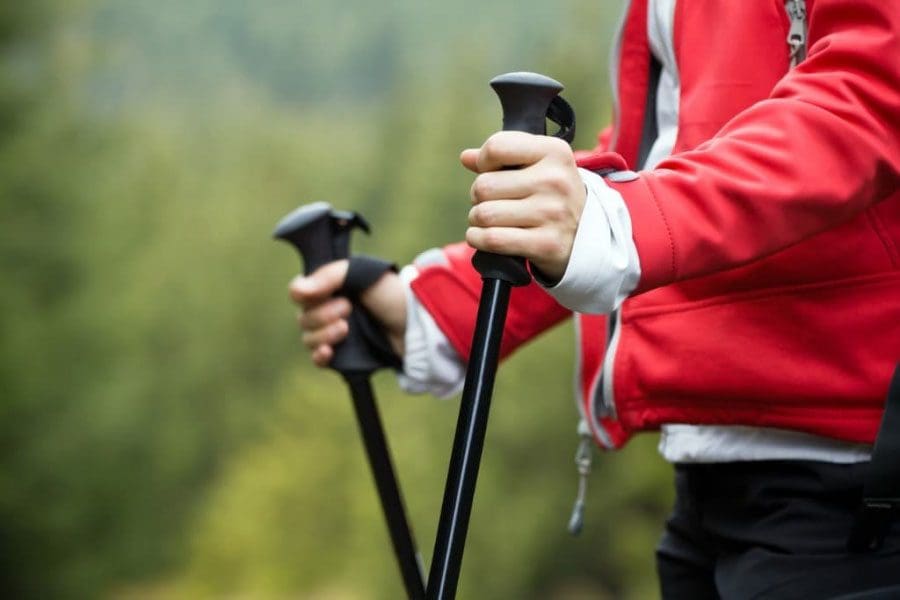
Hike With/Without Back Pain
Being able to hike with back pain is a blessing for individuals that love being outdoors. Enjoying nature and being able to get away from all the stress and tension is something we all can use. Hiking is an excellent physical activity that cleanses the mind, body, and spirit. Not to mention the great exercise benefits that come with it.
The time spent going up and down hills following trails, etc. can feel unbelievable until pain symptoms start to present. Those with back pain know and understand that there are certain activities that can kick in the pain. If hiking has been stopped in its tracks because of back pain, or, if just about to start hiking for the first time, here is some advice to reduce and alleviate back pain during and after a hiking session. �

�
Hike The Right Way
Dr. Alex Jimenez D.C. is a spine injury specialist at Injury Medical Chiropractic Clinic. He believes at its core, hiking is very beneficial to individuals with back pain.
Hiking is a great activity for those with back pain because it increases muscular circulation improving soft tissue flexibility in the spine along with other muscle groups. Hiking helps strengthen spinal support muscles, improves flexibility and posture. The result is minimized pain on all levels. Walking on different uneven terrain/s contributes to improved balance and synergistic muscle activity of the back, legs, and core, and the small muscles of the feet. However, there is an incorrect way to hike with back pain.
If done incorrectly hiking can have a negative detrimental impact on the body. Proper technique and form need to be followed. For example, a backpack that is improperly worn or not correctly sized for the body type could lead to imbalance. This could lead to improper form and injuries. Poor posture during a hike places added pressure on the:
- Joints
- Spine
- Ligaments
- Tendons
This could easily result in muscle/tendon injuries. With some preparation, a few tips and being aware of your surroundings will help you to become a hiking pro in no time, with reduced, improved, and possibly no back pain after a while of doing this great activity. Here are some words of wisdom when it comes to hiking and back pain.

Proper Backpack
A poor-fitting backpack will easily lead to increased back pain and even other ailments like shoulder and neck pain issues. A proper backpack should have the straps around the waist and across the back to evenly distribute the weight. Visit a sports/outdoor store to get correctly fitted for a backpack.
�
Stretching Out
Getting and staying loose before and after a hike is very important. Before a hike improves circulation and loosens the muscles, in turn, reducing the stress on the joints. Stretching after a hike reduces muscle fatigue and soreness that can amplify and exacerbate back pain along with any other body soreness.

�
Trekking Poles
Using trekking poles can be beneficial and quite helpful for individuals with back pain. Trekking poles can help avoid poor posture by keeping the body in an upright position. This helps reduce back pain experienced during and after a hike. �

�
Body Care
Hiking successfully means that the body needs to be fully functional and fueled before even stepping on the trail. Fueling the body with nutritious snacks like bananas, dried fruit, and trail mix will keep the body’s energy supply going. And above all stay hydrated with plenty of water. Also, focus the workout on developing upper body and core strength to prevent injury.
Don’t forget to listen to what your body is telling you. Individuals with back pain need to listen to their bodies making sure not to overdo it, as well as, with any type of exercise, to adjust to your specific pain tolerance level. If unable to limit distance or time, then make sure to take frequent breaks. This will help avoid placing unnecessary strain on the spine. �

Recovery Time
The body needs a proper amount of time between hikes to recover properly. If there is still soreness and pain, WAIT until the body is no longer sore before trekking to the next trail. The amount a person can hike depends on the individual, overall strength, and how fast their body recovers between hikes. It is different for everyone.
�
Assistance
As the journey commences, whether going for pain-free or less painful hiking, remember that it’s ok to have others help get you there. Getting help from a veteran hiker will definitely benefit proper form and posture. Hiking with an experienced partner can also help avoid poor hiking techniques that can worsen back pain or even create new injuries. �

Consult a local chiropractor, or spine, and pain specialist if you are unsure about hiking and are experiencing ongoing back pain. They will help develop a customized/personalized treatment plan with the focus on decreasing and controlling the pain and improving the body’s overall function to be able to participate in physical recreational activities.
�
Auto Accident Specialists & Chiropractic





